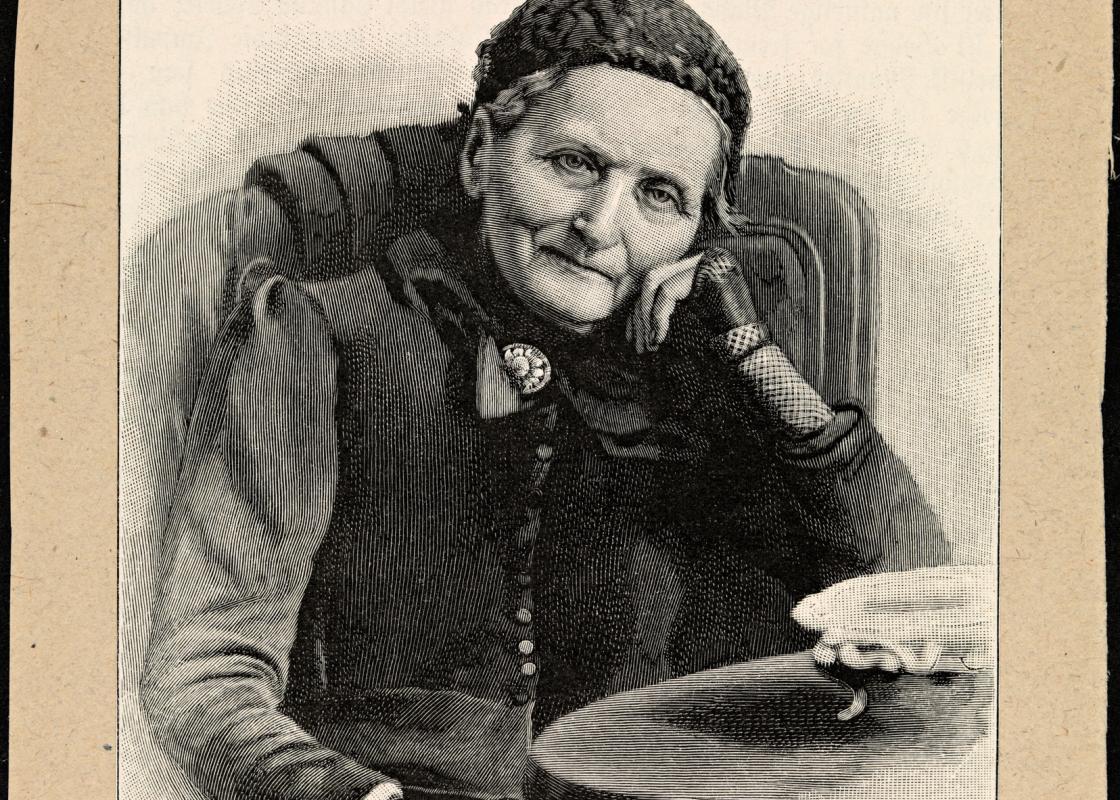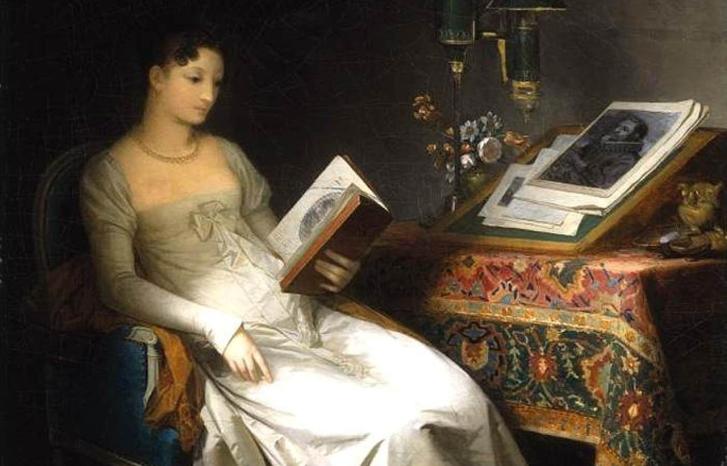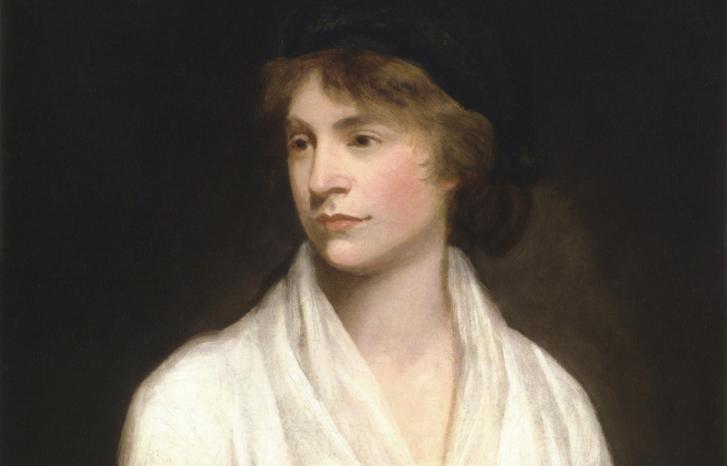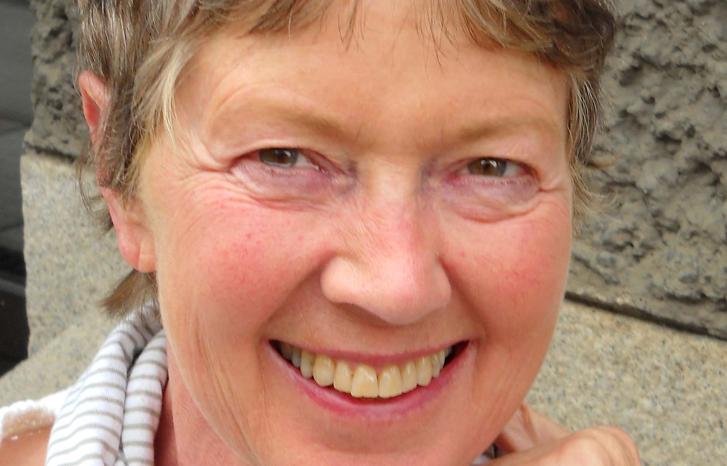In a letter from Berlin written in 1863, Collett describes the broad streets in a city where women could move around freely. If women walked the streets alone in the Norwegian capital they were harassed.
“Yes, we want to walk. We want to walk nevertheless. We have to walk. The women who always travel in their coaches are bored to death. Women used to be considered luxury objects by men, like a precious toy or a semi goddess to be adored. Those days are over. They have led us down to the Scene of Action, where we must toil and moil; in one word: we must walk.” (From “Berlin’s gader” (The streets of Berlin), printed in Illustrered Nyhedsblad, 1863)
This excerpt is not only about women’s right to walk the boulevards undisturbed. It is about taking part in public life, says Professor of comparative literature at the University of Oslo, Tone Selboe.
Selboe has recently finished her book Camilla Collett: Engasjerende Essays (“Camilla Collett: Engaging Essays”). The book, which will appear in May, is an analysis of Collett’s extensive production of essays. According to Selboe, Collett is one of Norway’s finest essayists, and with this book she hopes that more people will go to the source and read the original essays.
The essayist
“I wanted to bring out the older Camilla Collet who focussed on essay writing. This is the Collett who doesn’t yield to men and who’s not afraid to sign her work with her own name”, says Selboe.
Unfortunately, anyone who wants to read Collett’s essays will have to go to the library or to the National library’s webpages. Although we’re celebrating her 200th birthday this year, only her classic novel The District Governor’s Daughters is printed in a new edition. The book is considered the first Norwegian feminist novel, and it is the only work by Collett which is translated into English.
“This is partly because of the status of the novel as a genre,” says Selboe.
“Yet she has clearly been overshadowed by her male counterparts. Even though we know Collett as a champion for women’s rights, few are aware that she wrote many other types of texts as well as this famous novel.”
And according to Selboe, we are truly missing out.
Funny and ironic
“I am fascinated by her essayistic texts which contitute the main part of her authorship. In these texts Collett proves to be a commentator, writer, journalist, correspondent and travel writer. She contributed to current debates in society throughout the second half of the 19th century”, says the Professor.
The running theme in her essays is the role of women in society, or, rather, the lack thereof. But Collett writes about all sorts of things, often in one and the same essay. She writes about beggars and animal abuse, and she is particularly preoccupied with urban development and the French revolution.
“She often writes long essays, full of digressions. But Collett is much more entertaining than one would think, and her essays are fun to read. Collett is quick, ironic and entertaining. And her essays are very well written,” says Selboe.

Worshipping dead women
The first part of Selboe’s book considers Collett as a literary critic and historian. She belongs to the period before the modern breakthrough in Nordic literature and is influenced by both romanticism and realism. She wants the novel to be a testimony of life, yet it shouldn’t be too rough.
“According to Collett, men are more tolerant of rough realism than women because the female nature is nobler than the male,” says Selboe.
And yet, Collett is as modern as can be in terms of the themes she addresses and criticises. Her contemporaries have not yet even considered criticising these themes, which are still topical today.
“It annoys her that male writers sacrifice their female characters. She criticises their preference for female characters that die and how they worship the dead woman. But she also says that women must rid themselves of their role as martyrs. Collett anticipates modern themes such as considering women in contemporary literature,” says Selboe.
See also: Portrait: An eye for the unseen
Revolt
“Following her husband’s death in 1851, Collett had to sell her house and accept help in order to accommodate and raise her four sons. She never again had a real home; she chose to spend the rest of her life travelling Europe. She lets herself be expelled from the bourgeoisie paradise like a female Lucifer,” writes Selboe.
“And this is her own choice, just like the angel who chose to break with paradise,” says the Professor.
“Collett is not forced to leave Norway to venture out in Europe and provide for herself. She creates a life for herself on her own terms rather than being provided for by a conservative family with whom she disagrees and which does not approve of her views. She prefers to travel and sleep in cold and damp hotel rooms. On her travels she protests and complains – her revolt is like a driving force for her.”
An uncivil petticoat
Collett writes about her experiences in Berlin, Paris, Rome and Munich. But
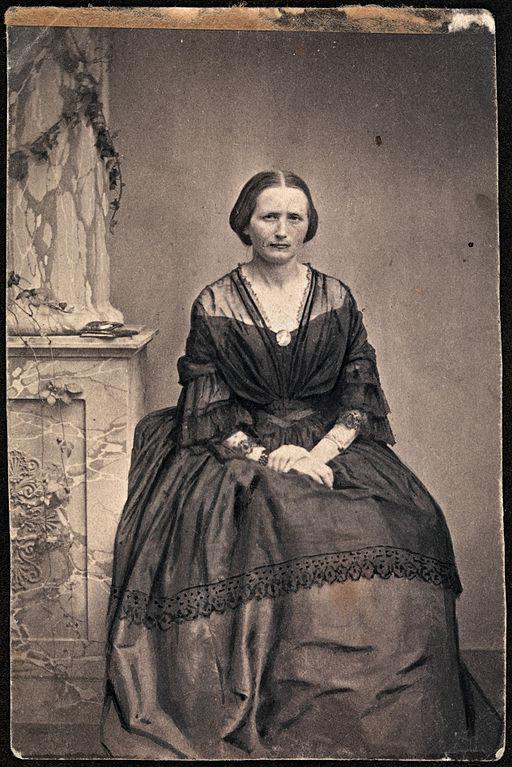
she keeps looking to Norway, the young nation not yet fully formed. According to Selboe, Collett plays an active part as nation-builder, although her brother Henrik Wergeland is the one who is primarily associated with nation-building today.
“Collett regards Norway’s capital city Christiania as an ill-mannered little boy,” says Selboe.
“She receives many impulses from Wergeland and his rival writer Welhaven, yet she contributes in her own field by adding gender perspectives. The Nation and the Capital have to become a better place both for men and women. No nation is civil unless there is room for women.”
Moreover, Collett is not happy with Christiania’s urban development. She compares the capital city with a poorly dressed woman; like a petticoat which has been patched up without plan or purpose. She is also critical towards the prevalence of private property development in Christiania. She ridicules the Norwegian, who prefers to hide in his little private garden behind a boarded fence whereas the French prefers to see and be seen in the public park.
See also: Until infidelity, disappearance or impotence do us part - the history of divorce in Norway and The history of Norwegian equality
Revolutionary and unladylike
Collett was very preoccupied with the French revolution, another theme with which it was unusual for women to engage. And she is not a republican; on the contrary, but she admires the heroines of the revolution.
“Her analysis of the revolutionary women is astoundingly enlightened,” says Selboe.
“She finds it important that women are taking part in the revolution and that they fight side by side men in the front rows. But when a new era begins, these women are ridiculed; there is no room for them. It is difficult to combine revolutionary attitudes and femininity. Being a revolutionary is unladylike per se.”
At the same time she is fascinated by Marie Antoinette.
“Collett is not a principled theoretical thinker”, Selboe states.
“But she is engaged in the fates of her fellow women and how they are sacrificed. She is well aware of the fact that the revolution had to come, yet fascinated by the scene where the population demands to see the Queen alone on the balcony in Versailles. When she appears she is stripped of all her embellishment. To Collett she is an image of a woman who stands alone and is sacrificed.”
Gender political
“Most of what Collett writes is pervaded with gender perspectives. But she also challenges her contemporaries when she writes about things that no other woman has written about before,” says Selboe.
“It is a new thing for a woman to write about politics and societal matters.”
Traditionally Collett has been regarded as politically unimportant and unenlightened. According to Selboe, scholars have looked at how she has been politically relevant for posterity. Her political involvement in her own time has not yet received attention.
“She wouldn’t be cited in support of any political party and she did not partake in the political scene. Yet she did not reject the idea of politics. She rephrased it,” says Selboe.
“Collett said: ‘My right and left are man and woman’.”
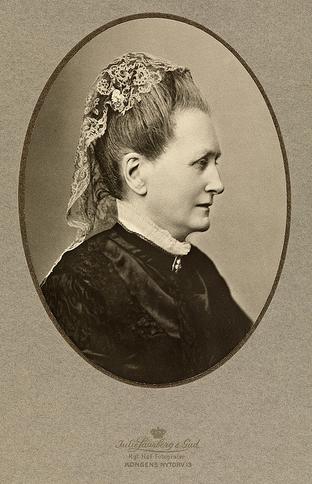
Avant-garde
Collett was aware of her position as avant-garde and she referred to herself as an ‘advocateress’ and an outpost. The Danish scholar and literary critic Georg Brandes, however, labelled her ‘one of the angry ladies’.
“Brandes ridiculed Collett in a review of Strindberg’s Giftas II ("Getting married, volume II") as particularly angry, and he blames her for Strindberg’s misogyny. This probably hurt her feelings,” says Selboe.
The famous Norwegian authors Ibsen and Kielland, too, were probably a bit resigned towards Collett, although they recognised her seniority. Bjørnson criticised her for disrespecting the division between the public and the private sphere.
Collett wrote in the first person and incorporated the private sphere in the public and vice versa. And she claimed her place in the public sphere, she was not invited in. But she won public acclaim while she was still alive, particularly by her fellow feminists. They paraded in her honour on her 80th birthday. She passed away two years later, having lived longer than most people of her time.
“She was regarded as a very angry woman in her days, but she was admired by those who came after her,” says Selboe.
“She was subjective, which is risky. She had no safety net and she did not protect herself. While men’s business was everybody’s concern, women’s business was only the concern of women. Having the guts to say the word I as a woman was a political statement. And Collett wrote to change the world,” says Selboe.
Translated by Cathinka Hambro.
Tone Selboe is Professor of comparative literature at the University of Oslo.
Her book Camilla Collett: Engasjerende Essays will be published in May this year.
Aktuelle lenker
Camilla Collett (née Wergeland) was one of the most significant Norwegian female writers of the 19th century.
As opposed to most women of her age she received an education, and her father, Nikolai Wergeland, brought her along on his many travels.
Collett is most famous for her novel Amtmannens Døtre ("The District Governor's Daughters"), first published in 1854-55.
From 1868 onwards, she published only essays, which is her largest literary production.
